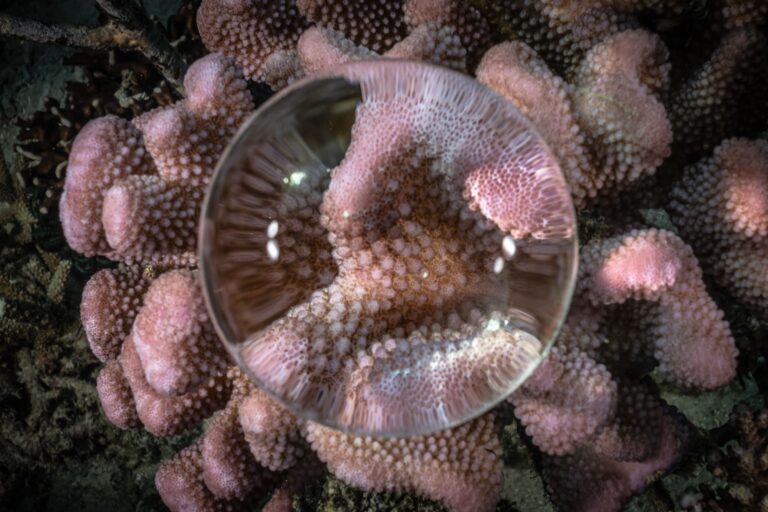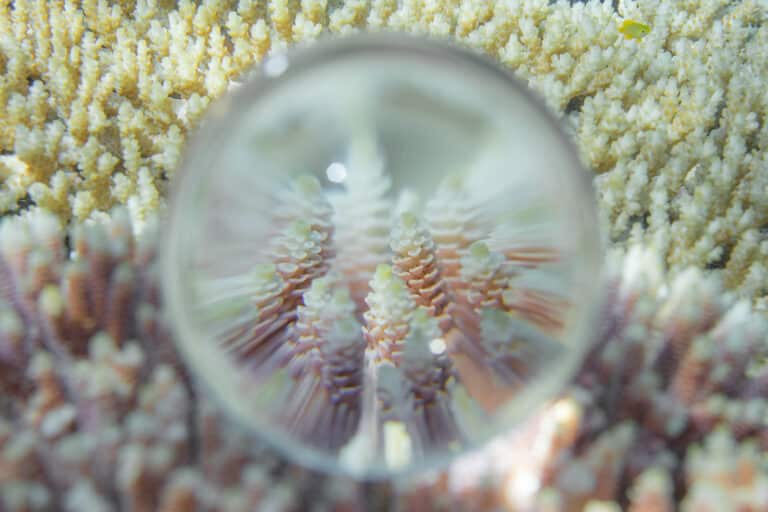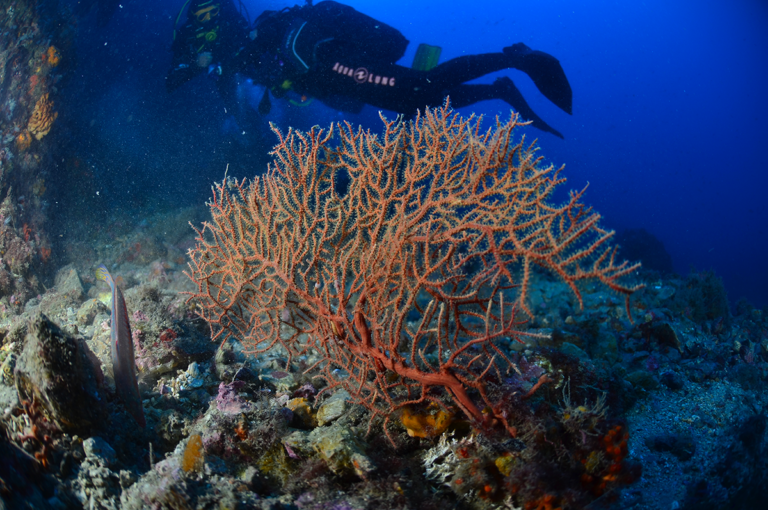What about the impact of COP27 on marine biodiversity and corals?

Every year, the United Nations holds a two-week conference (COP, as Conference of the Parties) aimed specifically at taking stock of global progress made towards climate change mitigation, creating new frameworks to deal with impacts, adaptation, and finance, as well as setting the next set of targets for governments to reach. After two weeks of negotiations on key topics, COP concludes with a statement, and sometimes a major agreement on climate action (Paris Agreement, COP21), or the creation of a new tool (Warsaw Mechanism, COP19) [1].
This year’s summit, COP27, was held in Sharm el-Sheikh in Egypt, between the 6th and 18th of November, and was expected to yield movement on environmental conservation and climate finance. Oceans and forests were of particular interest following developments at COP26 in Glasgow the previous year, while a resolution on climate finance – especially Loss & Damage – could open the door for investment into nature-based solutions and economic development tied to environmental protection [2]. For island nations and coastal communities, this is represented by the development of the Blue Economy, or marine-based financial gain through active conservation and maximization of local resources – such as coral reefs and their wide range of ecosystem services [3-5].
Policy Results
Unfortunately, the decisions taken at Sharm el-Sheikh were not conclusive for biodiversity. The pledges made on forestry resources in Glasgow fell through, but the launch of the ENACT (Enhancing Nature-based Solutions for an Accelerated Climate Transformation) initiative to reduce carbon emissions through protecting and conserving carbon-rich natural environments was a positive development [6]. This, along with a breakthrough on Loss & Damage were some of the only advancements made in Egypt – however, biodiversity is back on the agenda this December, with the UN Biodiversity conference being held in Montreal from the 7th-19th [2].
A key point to monitor at this summit is the development of the 30 by 30 goal, a target championed by over a hundred countries to protect 30% of the world’s land and seas by 2030. There are few details as to the implementation of these goals but a framework is expected to emerge from Montreal, and dictate how natural systems and biodiversity will be enhanced through this target. The 30×30 has the ability to be one of the most impactful conservation measures ever enacted and could help preserve important biomes such as coral reefs, seagrass beds, and mangrove forests [7].
References
[1] Romdhane, M. & Diringer, V. (2021), “What is COP?”, ClimaTalk.
[2] Diringer, V. (2022), “Pre-COP27 Analysis: A Focus on Biodiversity”, ClimaTalk.
[3] Wenhai, L., Cusack, C., Baker, M., Tao, W., Mingbao, C., Paige, K., … Yufeng, Y. (2019), “Successful Blue Economy Examples With an Emphasis on International Perspectives”, Frontiers in Marine Science 6. https://doi.org/10.3389/fmars.2019.00261
[4] Friday, A., Kami, T., Greenberg, N., Barr, R., Pasisi, C., & Kostka, W. (2022), “Sustainable Financing for the Pacific Blue Continent to Achieve 30% MPA and 100% Sustainable Management”, Virtual Island Summit, Island Innovation.
[5] Koehring, M., Eiras, R., Mitchell, K., Afrin, Z., Shabnam, S., & Ebrahim A. (2022), “How can we Develop Blue Economy Opportunities?”, Virtual Island Summit, Island Innovation.
[6] International Union for Conservation of Nature (2022), “Egyptian COP27 Presidency, Germany and IUCN announce ENACT Initiative for Nature-based Solutions”, IUCN.
[7] Waldron, A., Adams, V., Allan, J., Arnell, A., Asner, G., Atkinson, S., … Zhang Y.P. (2022). “Protecting 30% of the planet for nature: costs, benefits and economic implications”, High
Ces articles pourraient vous intéresser

Donor spotlight : Charline Auvinet
Tell us a bit about yourself 🙂 After graduating a few years ago, I’m now a crime fiction editor. In this job, I have discovered…
17 January 2023
Are super-corals really a super solution ?
Written by: Richard Singhroy Acknowledgements to Dr. Emma Camp While reefs are adaptable ecosystems, they are struggling to adapt to the quick changes brought…
29 November 2022
Super corals, a not-so-super term?
Written by: Richard Singhroy Acknowledgement to Dr. Emma Camp From the deep sea to the arctic frontier and tropical coastlines, corals have formed the…
22 September 2022
How is the increase in water temperature threatening marine biodiversity in the Mediterranean?
Written by: Vincent Diringer Acknowledgments to Joaquim Garrabou When it comes to rising sea temperatures and its effect on marine biodiversity, Australia’s Great Barrier…
24 August 2022
